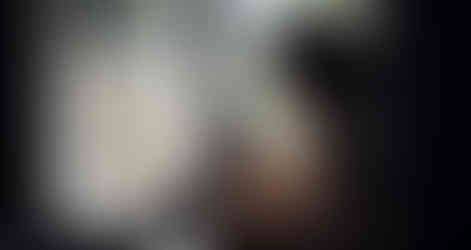Reading Jane Eyre as a Black Woman
- Maiya Grant

- Jul 18, 2020
- 3 min read
I was in year 6 when I first learnt of Jane Eyre. But since we were only young, instead of reading it, we watched the 1983 TV show in class. I loved it: the grace, the social formalities, the language. I was engrossed in the world.
Years Later, I watched the other versions of the nationally beloved classic and I enjoyed those too.
But I decided that it was finally time to read the novel of the TV show I saw at school as a girl. However, it was not what I had expected. The grace and elegance were still present, but it seemed to allow certain racist remarks to go unnoticed and unchallenged. It was as if the social formalities and refined mode of speech acted as the perfect cover for Charlotte Bronte to slide in her racist stereotypes and ideologies.
As I began to read, all was as I remembered, from Jane's mistreatment to her seeking solace in her books. But in Chapter 2, Bronte caught me off guard when I came across the description of the present villain in the form of Jane's deplorable aunt; Mrs Reed, as having "dark and opaque" skin. Jane's spoilt and ungrateful cousin John Reed "... called his mother, 'old girl,' too; sometimes reviled her for her dark skin, similar to his own...". It seems that all those who treated Jane abominably have "dark" skin. However, I am not foolish enough to think that our modern-day understanding of dark skin is the same as their understanding in 1847. But there seems to be a specific correlation with the darker-skinned people in the novel so far, as being rather awful individuals. Despite these lines causing me to stall for a second, I read on.
But this seemed to be taken a step further when the reader is introduced to their new villain, Bertha; a mixed-race, Creole-English woman from the West Indies (where slavery was still ongoing), who was described as "some wild animal". Bronte depicts her as one with a "discoloured face—it was a savage face...the fearful blackened inflation of the lineaments!". According to the Cambridge Dictionary, the term discoloured means; "Something that is discoloured has become a less attractive colour than it was originally". So not only is Bertha unattractive and "savage" due to her colour but she is also less than because her tone does not fit to the 1847 (and current day, haha) perception of normality. Now you may very well be saying that I am taking this analysis of darker-skinned characters in this book too far. But, when the trend is so blatantly consistently portraying the characters in this novel with darker features as miscreants; it isn't just a coincidence. It is a reinforced stigma that the society in that era of slavery continued to perpetuate and deemed respectable.
Now I'm not saying we should collect every single Jane Eyre book and use it to roast marshmallows, because if we did this with every classic British novel, then all our bookshelves may be quite empty. But what I am saying is that we should shed more light on these kinds of racist ideologies. This book seems to continuously jab its finger at non-white readers and say that we don't belong here in this narrative, we would never be the heroine, we are inherently bad individuals and nothing more than animals. It is a harmful account to many readers.
And it will remain so until we live in a society that doesn't perpetuate the attitudes of this book which dictates black means bad and white means good. I look forward to living in that society. But, until then, novels such as Jane Eyre should be analysed from the driving seat of different readers backgrounds instead of one-shoe-fits-all, uniform style of analysis.
If you want to read more about this then I seriously suggest reading Tyrese L. Coleman's analysis of the novel. My post is inspired by having a similar experience of the book as her own. Check her out: https://lithub.com/reading-jane-eyre-while-black/





Comments